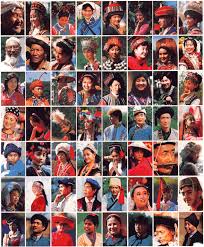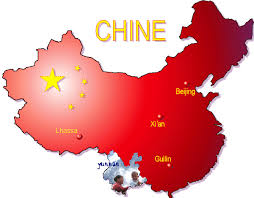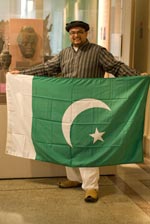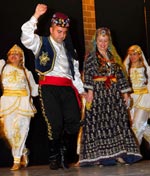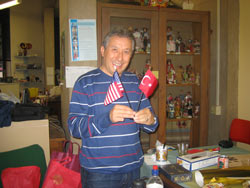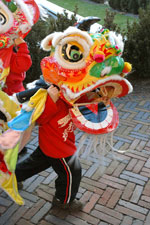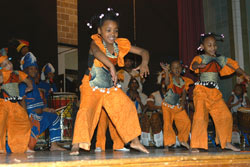
We, the assembled, on Saturday, June 25th, 2005, do hereby proclaim our determination to give meaning to life and to be a dynamic force in strengthening our sense of common destiny with the world at large.
Therefore, we offer 36 directives -- nine for each of four arenas important to the achievement of our stated goal:
A world where harmonious co-existence flourishes and prospers.
I . Researching Universal Principles: because increasing understanding of universal principles and the embracing of them supports the goal of unity and cooperation.
. Researching Universal Principles: because increasing understanding of universal principles and the embracing of them supports the goal of unity and cooperation.
Nature of the Individual
1. The nature of the individual must not be bounded, and no one has the right to define another's individuality.
2. Every individual's inexorable seeking nature and drive to know and complete oneself must be encouraged.
3. The fundamental joy of individuality should strive to benefit self and others, and must be cultivated and celebrated.
Nature of Society
4. To solve problems and enrich our lives, everybody needs to come together and interact with other human beings.
5. All humans must reframe their worldviews to also include global interdependence along with their national, local, and other identities.
6. A healthy, well-functioning society must not countenance a disproportionate gap between haves and have-nots but welcome the participation of all of its members.
Nature of the Universe
Humanity must acknowledge that:
7. All living entities share a common source and destiny.
8. Any individual's shift in evolutionary position or physical composition influences a greater body.
9. The universe demands diversity for its continued expansion to realize infinite expression.
II. Developing Universal Persons: because the development of universal persons requires healing of illness and conflict, and enhanced interpersonal and expanded spiritual awareness.
Health and Healing
10. We must ensure every individual has the education and the means to attain access to clean water, nutrition, human settlements, and sanitation.
11. We must engage every person in the processes of identifying problems (physical, mental, emotional), their solutions and implementation, as well as the evaluation of outcomes for the future.
12. We must recognize that policy -- made at the personal through global levels -- must integrate mechanisms for responsibility, accountability, and capacity building.
Interpersonal Relations
13. Create environments that promote awareness of and appreciation for diverse worldviews as potential contributions to global solutions.
14. Honor the uniqueness of every person and culture as we discover and explore our common needs and mutually beneficial directions.
15. Provide educational and cultural experiences that open hearts and minds to the common humanity of all.
16. Recognize the inherent unity and dignity of all life.
17. Engage in constant examination of ourselves to make sure our energy and acts are focused and directed toward benefiting all communities of life on our planet.
18. Direct all our activities, hopes, and dreams and "attunement" toward and for our source, called by any name or no name.
III. Communicating New Realities: because art, education, and media exert an overwhelming influence on individuals and society.
19 Education must include human rights, justice, peace, and environmental sustainability at local, regional, national, and international levels.
20. Education should be designed to inspire and empower positive action.
21. Education should inspire individuals throughout their lifetimes to be responsible for their contribution for a much better future for all life on earth!
Media
22. Informational media shall not sow mistrust of groups but shall publish balanced views and positive aspects; and entertainment shall strive toward these same goals.
23. Media shall communicate ideas that enhance the well-being of society.
 24. Media has a responsibility to not mislead, but accurately inform its public to the best of their abilities.
24. Media has a responsibility to not mislead, but accurately inform its public to the best of their abilities.
The Arts
25. Art of the new civilization is based on universal principles of peace, justice, love, nonviolence, sustainability, balance of man/woman energies.
26. Art must recognize cultural diversity and promote solutions to universal problems.
27. Art must express individuality as well as collective concerns, and to awaken, inspire, energize, and catalyze change.
IIII. Implementing New Civilization: because we are determined to build a united civilization in which global peace, health, and prosperity flourish and where both leaders and communities promote and reward individual responsibility and cooperation, for the benefit of future generations.
28. We must respect and promote the beauty and commonality of human diversity through dialogue and activism across regions, nations, and continents.
29. We must use education to build bridges of understanding that forge societal bonds that will impact future generations.
30. We must acknowledge our responsibility to inspire future generations to achieve the full potential of united human ability.
Community Involvement
31. We must teach a person to be responsible for his/her community.
32. We must promote and utilize successful actions that have brought about positive change in the community.
33. We must involve all community members, including children and the elderly, to build a stronger community.
34. We must learn to think globally and act locally.
35. We must ask what we can do for our planet!
36. We must inspire, encourage, and reward responsibility at all levels!

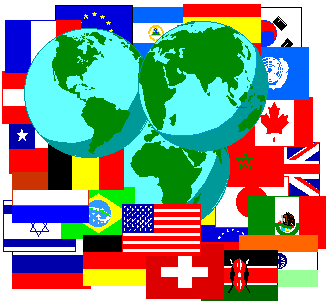
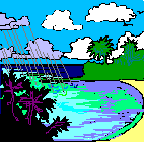


 A region where Europe, Africa, and Asia meet. It is an unofficial and imprecise term that now generally encompasses the lands around the southern and eastern shores of the Mediterranean Sea — notably Egypt, Jordan, Israel, Lebanon, and Syria — as well as Iran, Iraq, and the countries of the Arabian Peninsula (Bahrain, Kuwait, Oman, Qatar, the United Arab Emirates, Yemen and Saudi Arabia). Afghanistan, Libya, Turkey, and The Sudan are sometimes also included. The term was formerly used by Western geographers and historians to describe the region from the Persian Gulf to Southeast Asia; Near East is sometimes used to describe the same area. While today about 92% of the population (292 million people) are Muslims, the Middle East is the geographic and emotional center of three of the world's great religions: Islam, Christianity, and Judaism.
A region where Europe, Africa, and Asia meet. It is an unofficial and imprecise term that now generally encompasses the lands around the southern and eastern shores of the Mediterranean Sea — notably Egypt, Jordan, Israel, Lebanon, and Syria — as well as Iran, Iraq, and the countries of the Arabian Peninsula (Bahrain, Kuwait, Oman, Qatar, the United Arab Emirates, Yemen and Saudi Arabia). Afghanistan, Libya, Turkey, and The Sudan are sometimes also included. The term was formerly used by Western geographers and historians to describe the region from the Persian Gulf to Southeast Asia; Near East is sometimes used to describe the same area. While today about 92% of the population (292 million people) are Muslims, the Middle East is the geographic and emotional center of three of the world's great religions: Islam, Christianity, and Judaism.












